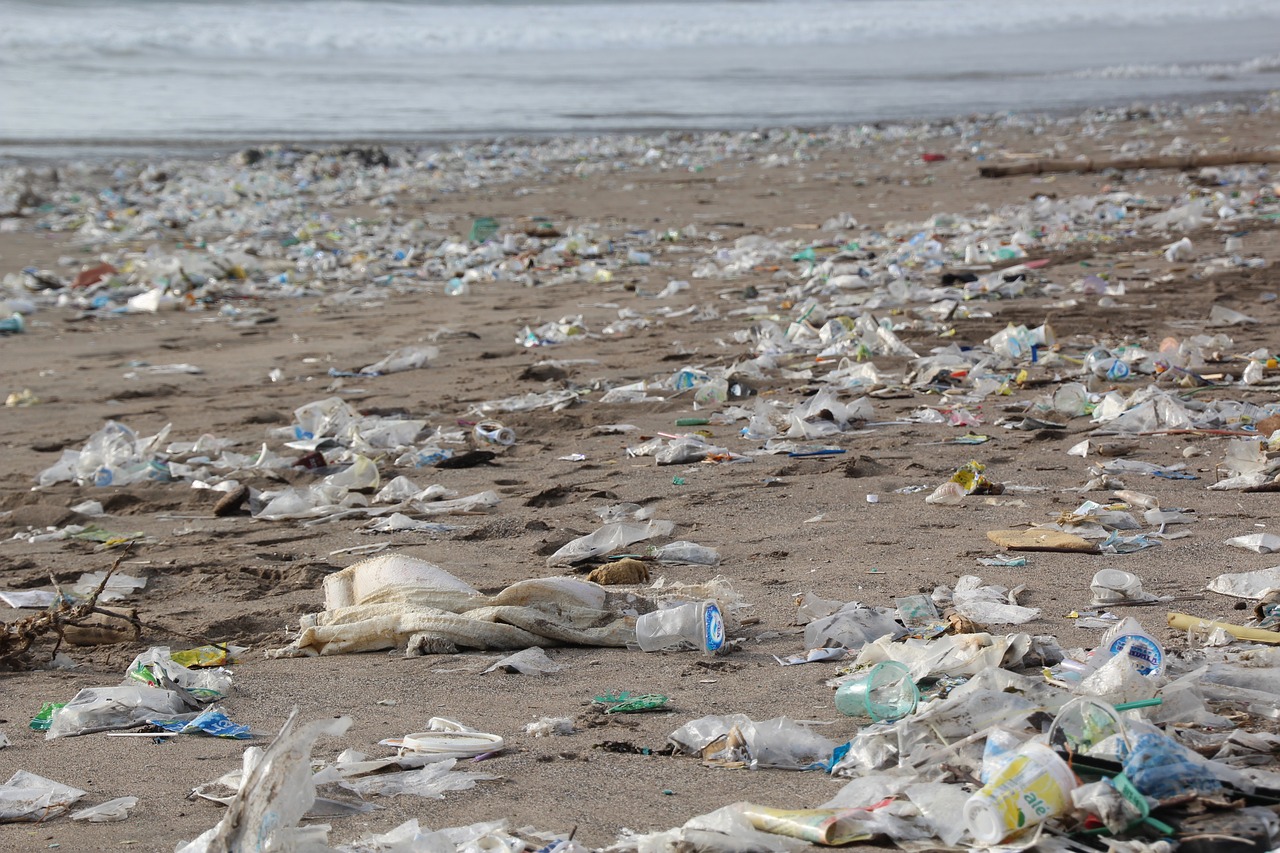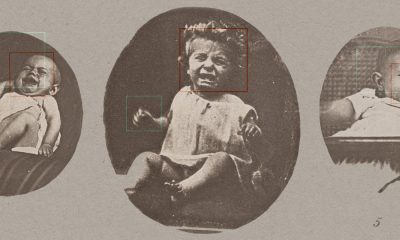A team of scientists has found the presence of microplastics in human blood for the first time. These microplastics were used in beverage bottles and food packaging.
There isn’t really a “universally established” definition for microplastics, noted the researchers of a new study published Thursday in the journal Environment International. However, microplastics are often defined as small pieces of plastics that are less than five millimeters in size.
Microplastics can come from larger plastic debris that degrade into smaller pieces, but they could also be manufactured in smaller sizes, such as the tiny pieces of plastic added to products such as toothpastes and cleansers.
So far, not a lot is known about microplastics but they can pose a threat to aquatic life. Previous research also found microplastics in the fecal samples of humans, with babies having more microplastics in their feces than adults.
“Plastic particles are ubiquitous pollutants in the living environment and food chain but no study to date has reported on the internal exposure of plastic particles in human blood,” the researchers wrote.
For their work, the researchers looked at blood samples from 22 donors from the general public. “This is the first study of its kind to use Py-GC/MS for plastic particle analysis of whole human blood,” they wrote.
The researchers found plastic particles in 17 of the samples, which is about 80% of the subjects. Half of the subjects had PET plastic, which is commonly used in beverage bottles, while a third had polystyrene, which is used in items such as food packaging, reported The Guardian.
Some samples also had polyethylene, which is said to be the “most widely used plastic in the world,” having been used to make products such as shopping bags and clear food wrap.
“Our study is the first indication that we have polymer particles in our blood– it’s a breakthrough result,” study co-author, Prof. Dick Vethaak of Vrije Universiteit Amsterdam in the Netherlands, was cited as saying by The Guardian.
“It is certainly reasonable to be concerned. The particles are there and are transported throughout the body,” Vethaak added, noting the need for further research with more participants.
The question now is how these particles are affecting people’s bodies. So far, understanding of the extent of people’s exposure to microplastics as well as their presence in the different parts of the body is limited.
“An understanding of the exposure of these substances in humans and the associated hazard of such exposure is needed to determine whether or not plastic particle exposure is a public health risk,” the researchers wrote
















